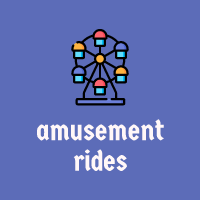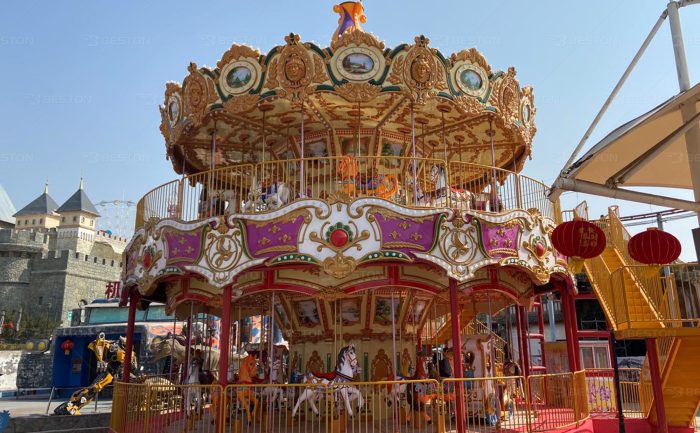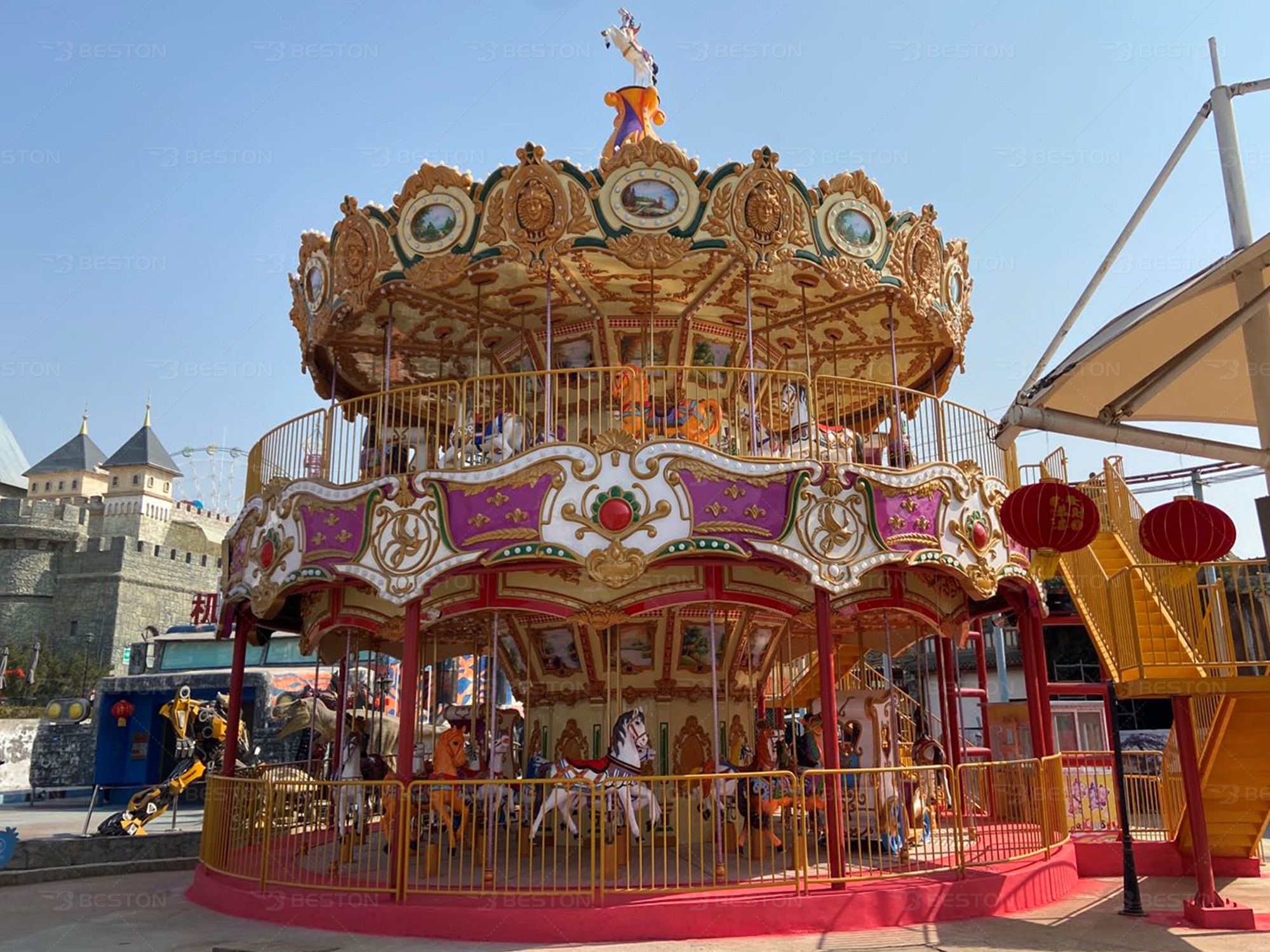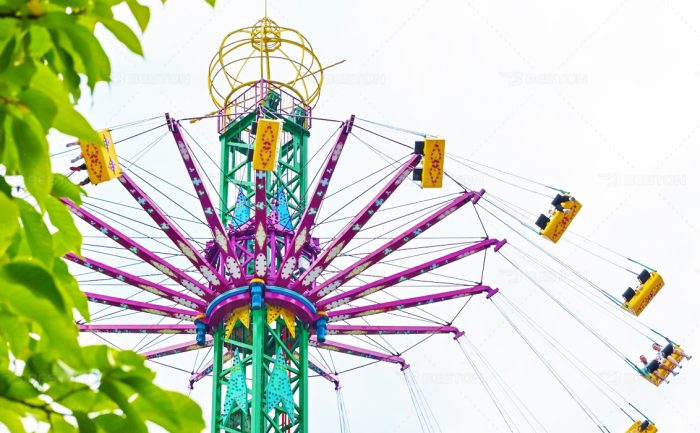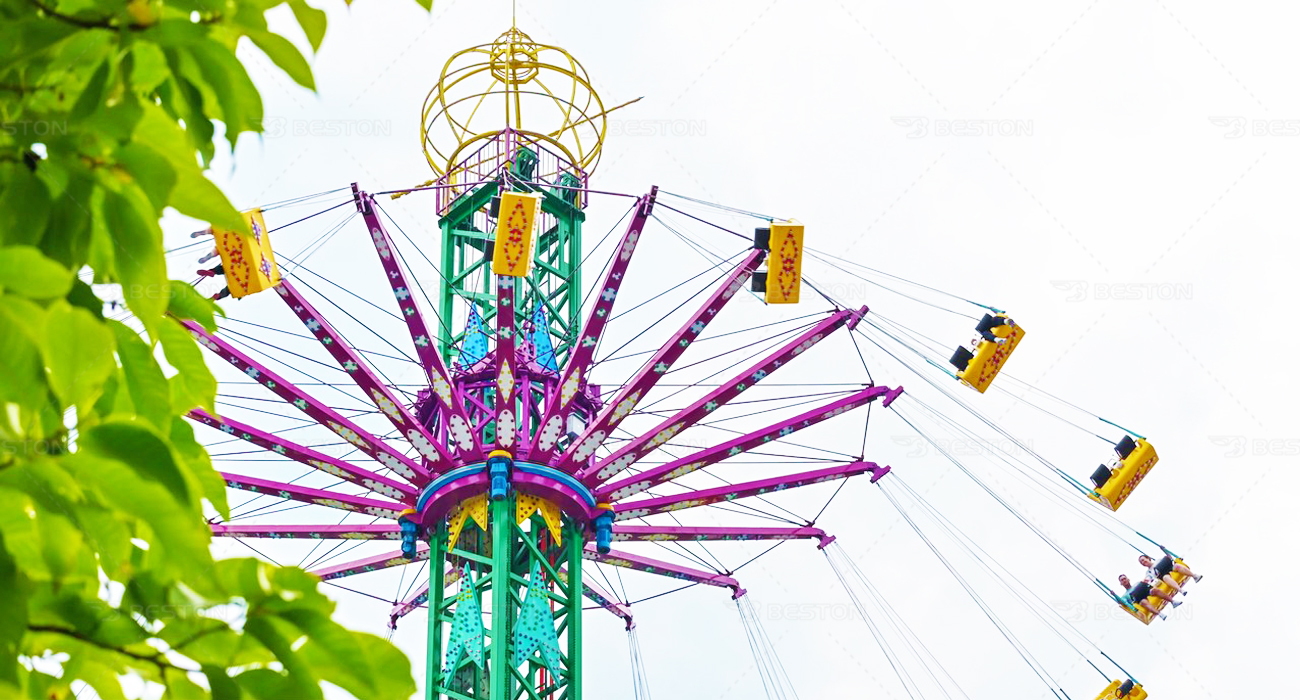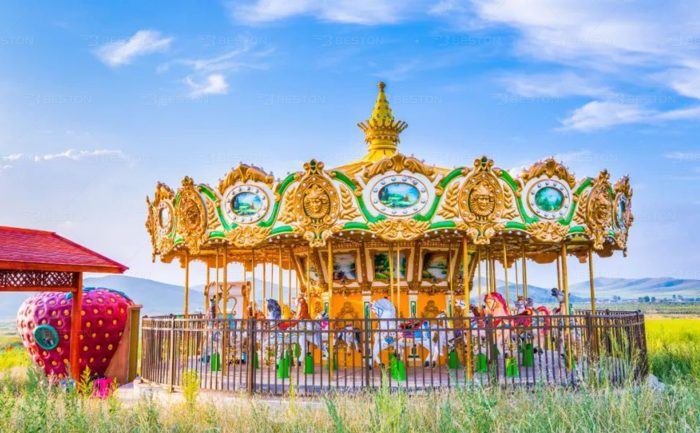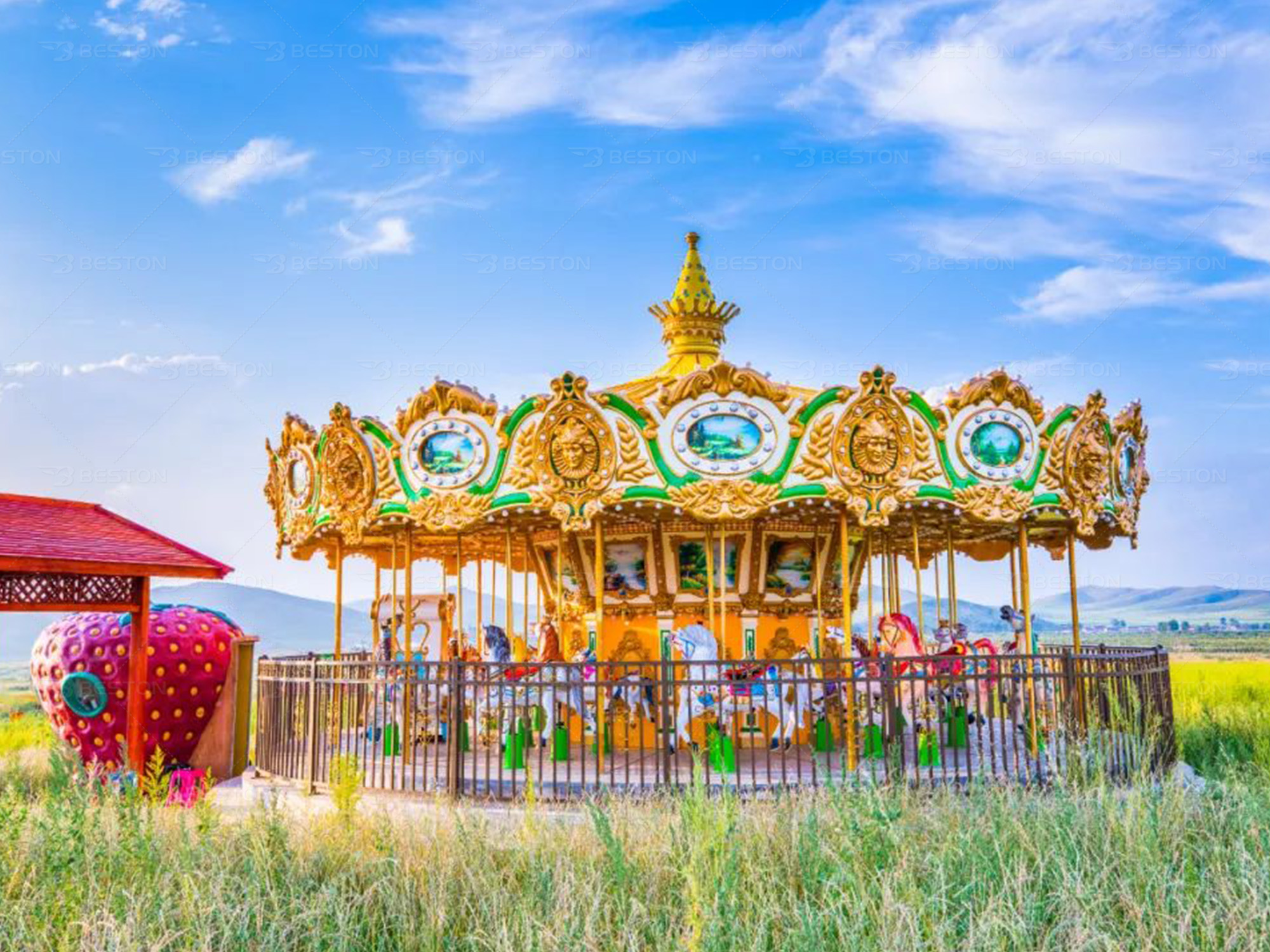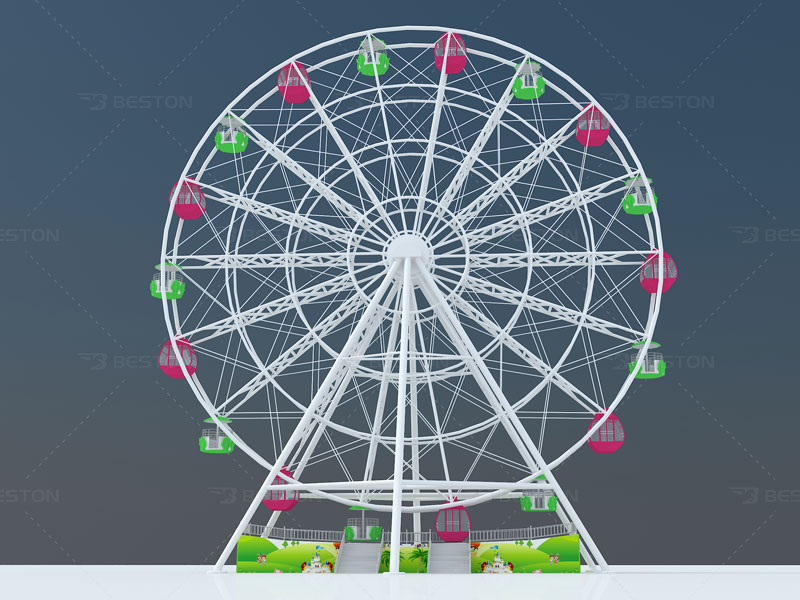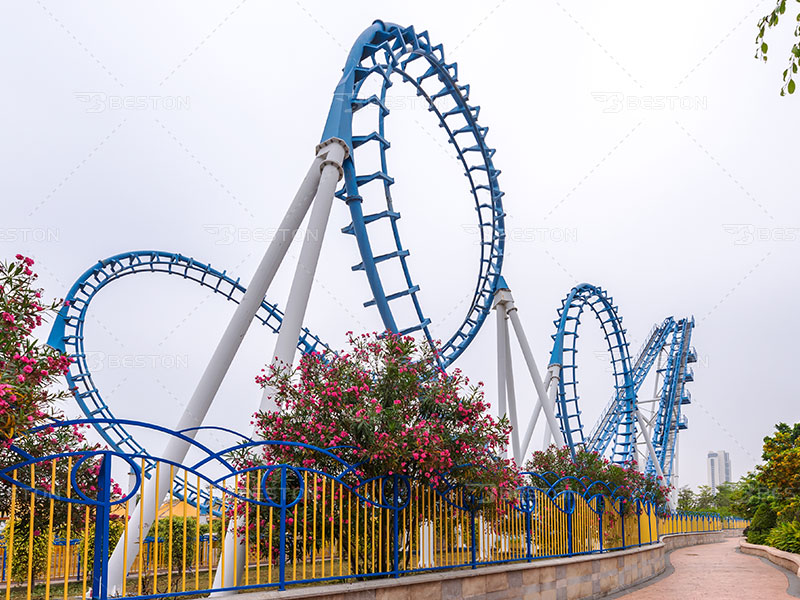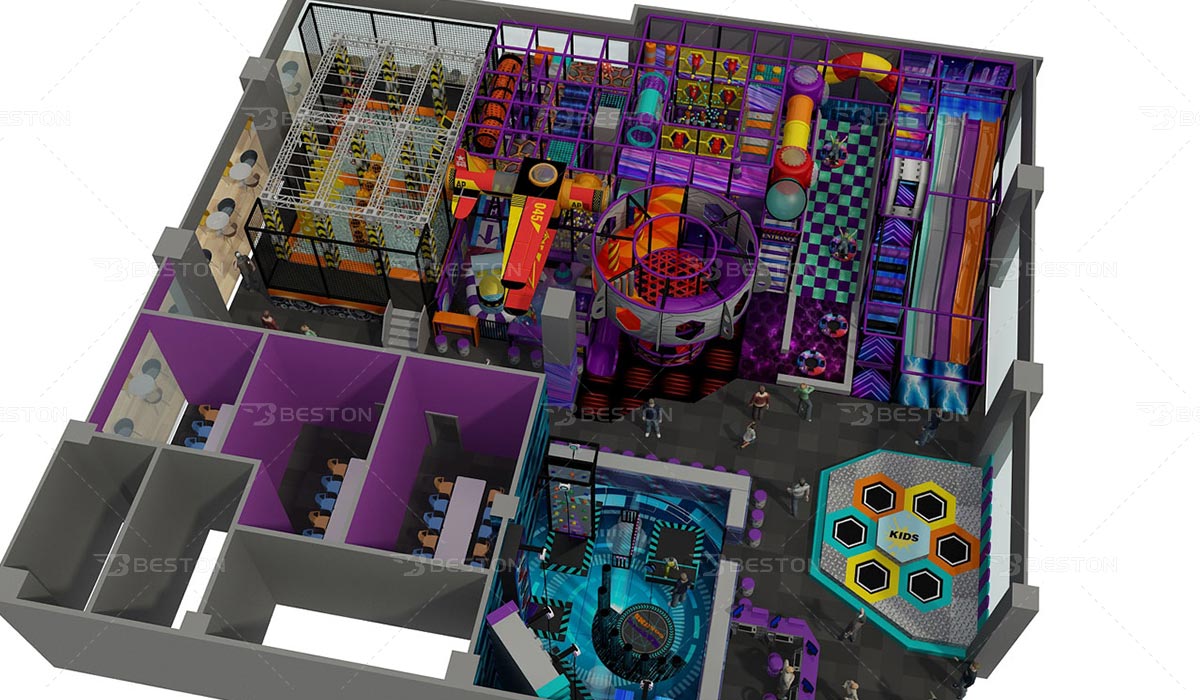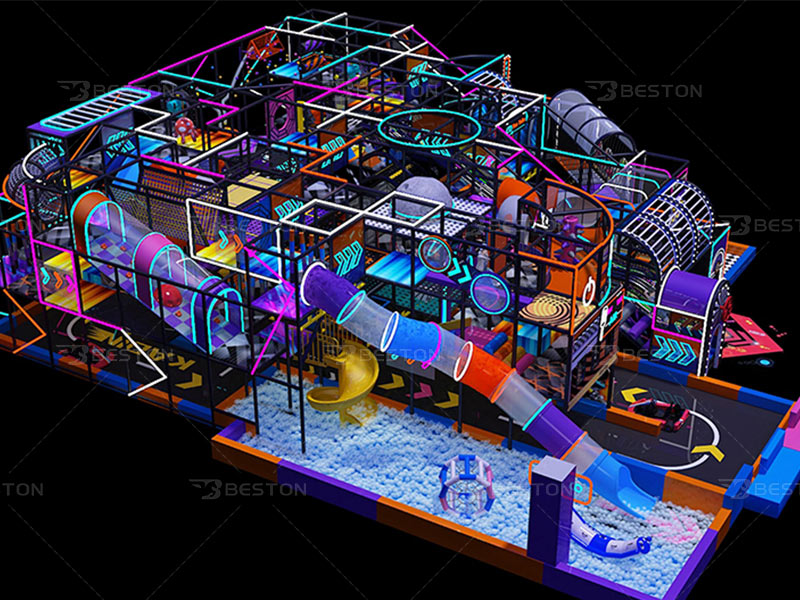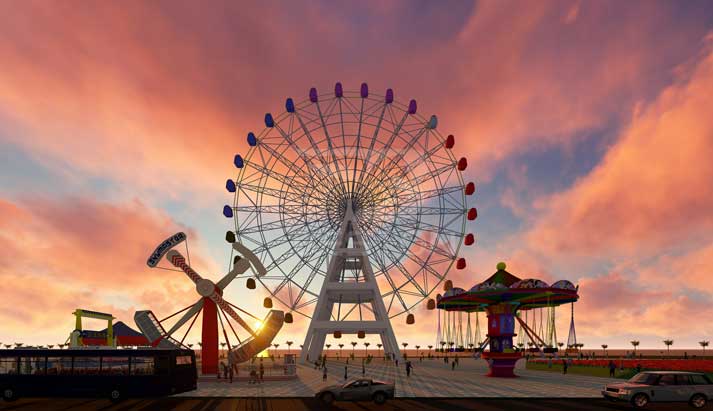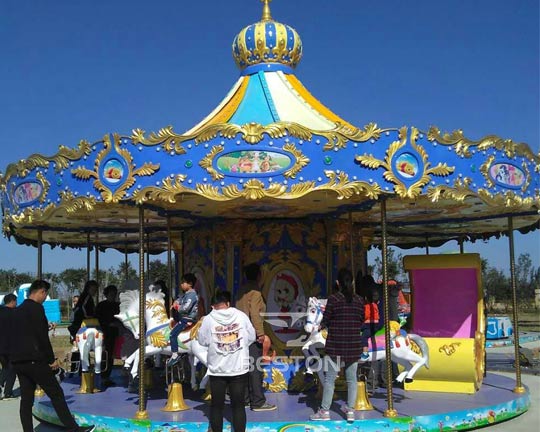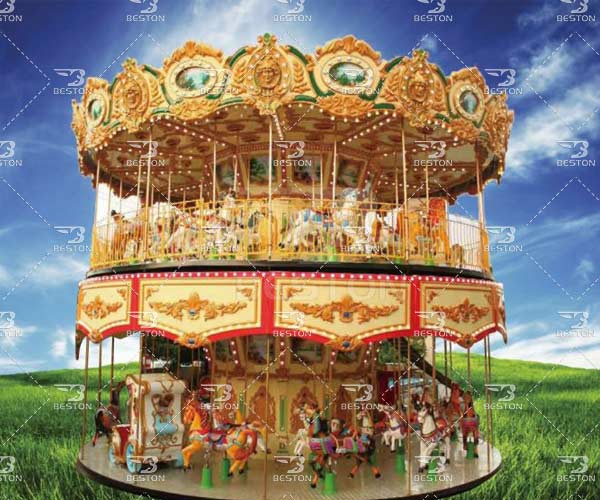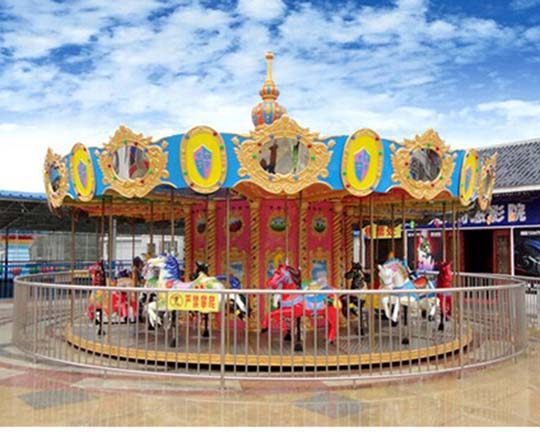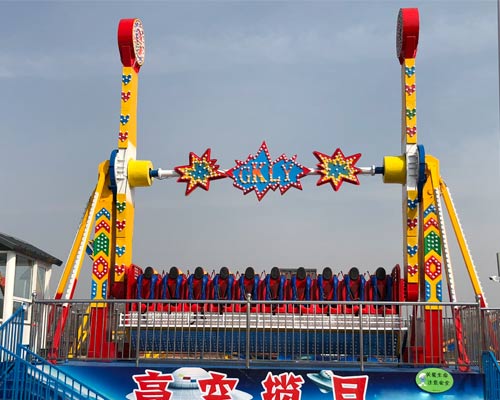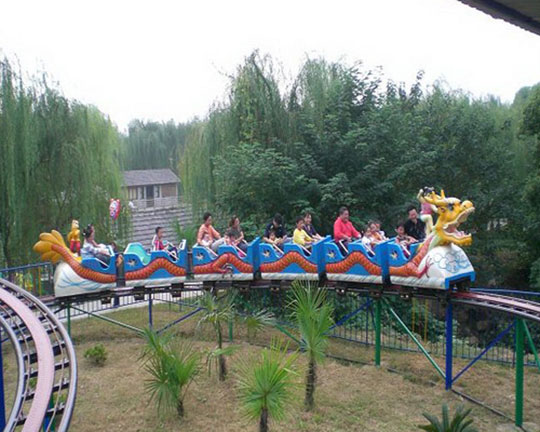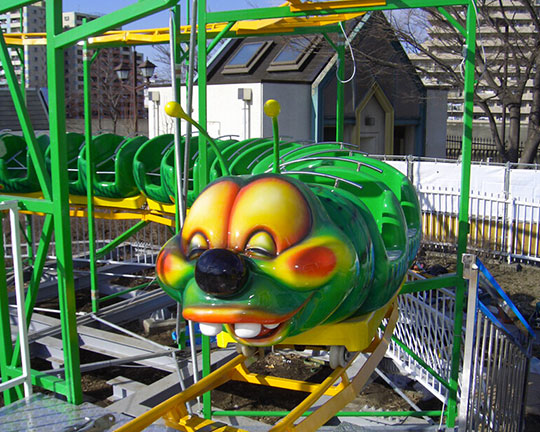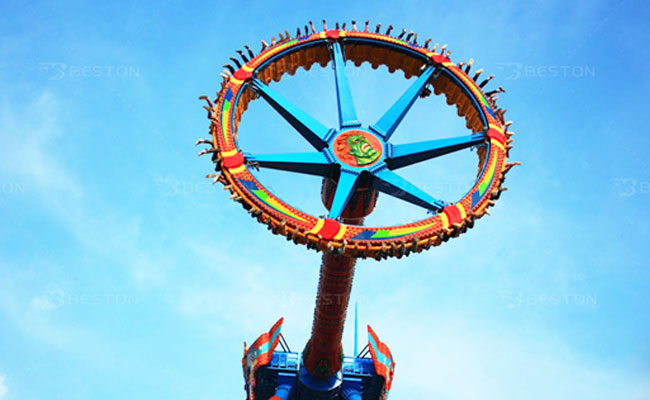
What Determines the Price of Pendulum Rides for Amusement Parks?
In the world of amusement rides, few attractions command attention like the pendulum ride. Towering above guests, these rides offer high-flying thrills and intense motion that keeps riders screaming and coming back for more. While their visual spectacle is undeniable, operators and investors are often more concerned with one key aspect — the price. What makes pendulum rides (аттракцион маятник) expensive? Why do prices vary so dramatically from one model to another? Let’s break down the critical factors that determine the final cost of these spectacular installations.
Key Specifications That Impact Cost
When evaluating the cost of a pendulum ride, the most immediate variables are its size, capacity, and structural complexity. A larger ride (экстремальные аттракционы) capable of carrying 50 to 60 passengers will naturally require more materials, higher-power motors, and extensive safety systems than a smaller, compact version. Even the angle of the swing and the maximum height achieved can affect how much engineering and reinforcement is needed.
Seating Volume and Load Rating
A ride that holds more passengers per cycle will bring in more revenue but also demands more robust components. From the strength of the gondola arms to the power of the propulsion system, higher load ratings translate into a higher upfront investment.
Dimensions and Swing Mechanics
The height of the support towers, the arc of the swing, and the diameter of the rotating platform all impact material costs. In many ways, a giant pendulum structure requires similar foundational stability and spatial planning as a roller coaster (американские горки) or Ferris wheel.
Country of Origin: A Major Cost Differentiator
One of the most important factors that influences pendulum ride pricing is where the ride is manufactured. Production costs vary widely depending on the location of the manufacturer.
Domestic vs. International Production
- European and North American manufacturers generally charge more due to higher labor costs, stricter regulations, and advanced material sourcing. However, they often offer shorter delivery times and on-site technical support.
- Asian manufacturers, especially in China, India, and Turkey, can offer competitive pricing due to economies of scale and lower operating expenses. However, shipping fees, import duties, and time-zone coordination should be factored into the final cost equation.
Optional Features and Theming Additions
Modern amusement ride buyers expect more than a basic swing. Customization is now a key trend, and every added feature contributes to the total investment.
Themed Aesthetics
Some buyers choose to integrate their pendulum rides into a larger narrative or park theme. This could mean adding fantasy elements, sci-fi exteriors, jungle concepts, or branded characters. Just as a Ferris wheel (колесо обозрения) might be enhanced with enclosed capsules or nighttime lighting effects, a pendulum ride can become a visual centerpiece with additional theming — for a price.
Safety Systems and Certifications
Regulatory compliance is another area that affects cost. Rides certified to meet ASTM (USA), EN (Europe), or GB (China) standards must incorporate specific technologies, redundant safety systems, and periodic inspection features. These components, although necessary, increase production complexity and cost.
Transportation and Site Preparation Expenses
Even after manufacturing is complete, pendulum rides incur substantial logistics and installation costs.
International Freight and Handling
Given the size and weight of most pendulum rides, ocean freight shipping is the only viable option for long-distance delivery. Crating, customs clearance, and ground transportation to the final site all add thousands — if not tens of thousands — of dollars.
Foundation Work and Installation
Unlike smaller rides, pendulum attractions require deep, reinforced concrete foundations and may involve specialized cranes and heavy machinery for assembly. If your park already has a large-scale installation like a roller coaster, you’re likely familiar with this level of site engineering. Parks with limited access, sloped terrain, or urban constraints may need additional structural modifications.
Manufacturer Support and Warranty Inclusions
Another hidden cost often overlooked is the value of after-sales service. While some manufacturers offer low sticker prices, they may not include long-term support, spare parts, or technician training. A reputable company will provide a comprehensive warranty and assist in training your maintenance crew.
Importance of Spare Parts and Upkeep
A pendulum ride will be one of the most used attractions in your park. Routine maintenance, spare part availability, and technical support are crucial to minimizing downtime and avoiding costly repairs. Reliable suppliers often charge more, but in the long run, these services prevent revenue loss due to unexpected closures.
Budgeting for the Long-Term Lifecycle
Investing in a pendulum ride means budgeting for more than the purchase price. A realistic projection must also include:
- Insurance and liability coverage
- Annual inspections and certifications
- Staffing and operational training
- Periodic ride refurbishments or upgrades
A well-maintained ride can last 15–25 years, which makes the high upfront cost justifiable when compared to its revenue-generating potential.
Conclusion: A Complex Price Equation Beyond the Ride Itself
The cost of a pendulum ride is never just about the base model. It reflects a layered calculation of size, manufacturing standards, customization, transportation, and long-term service. While the sticker price may start at $300,000 for smaller versions, it can exceed $1.5 million for high-capacity, themed versions that rival the grandeur of a Ferris wheel or the engineering scale of a roller coaster.
For amusement park operators looking to make a big impact and ensure a long-term crowd favorite, investing in a pendulum ride is not just about buying a ride — it’s about buying an icon.
